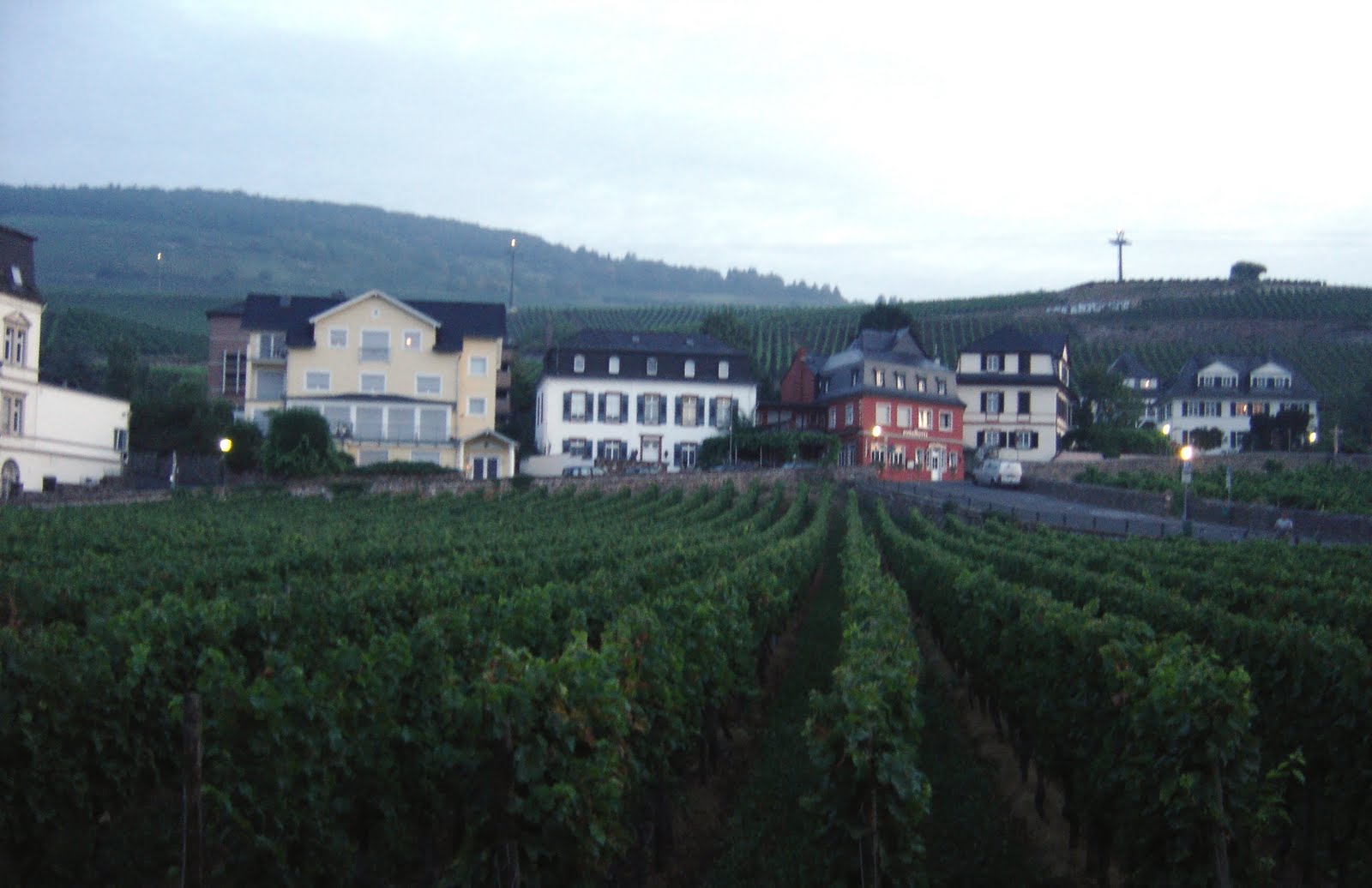Happy 2013
Happy New Year! Thank you for your readership. Summary of some good wines, and resolutions for 2013.
The wines of Andrzej Greszta, Polish vintner on the Mosel and his incredible story.
A 16-year-old sweet Riesling Auslese that tastes like a 4-year-old dry.
Spätlese feinherb: not something you’d remotely look forward to, yet this 2006 from Schubert is just a stunning Riesling.
An incredible tasting of old Rieslings – we went back to 1909! Most were still very much alive. And even more surprisingly – bone-dry, even though you’d expect a Riesling to have residual sugar to age for so long. Not here!
Weingut Van Volxem is already one of the leading estates in Germany, but it seems to be making progress with every vintage. Here I look back at a 6-year-old Riesling and comment on how the winery’s style has subtly changed.
 Sunrise over Rüdesheim (photo quality courtesy of Sony Ericsson).
Sunrise over Rüdesheim (photo quality courtesy of Sony Ericsson).Mind you, these Rieslings are acidic. The 2008 Rüdesheim Estate (a village-level wine from various crus) has no less than 9.6g of acidity (and 6.9g of residual sugar) and yet it’s a wine of ripe mineral aromas and of engaging purity on the palate. Theresa Breuer says they were concerned by the very high analytical figures and even tried some deacidification but the damage to the wine’s balance was huge. This bottling, like its slightly more powerful sibling of the 2008 Terra Montosa (made from declassified lots of Breuer’s grands crus) shows a warm sea salinity that reminded me of Chablis.
 Berg Rottland and Berg Schlossberg are to your left.
Berg Rottland and Berg Schlossberg are to your left.We finished the evening at Breuer’s crowded
Schloss Rüdesheim Weinstube, starting with a wine taster’s best friend – cold beer, and rounding off the session with a bottle of Breuer’s enjoyable Riesling Brut. Come here really hungry as the portions are huge, and be prepared for Japanese parties and a lot of singing…My extensive report from the largest tasting of top German Rieslings. All regions comprehensively reviewed.